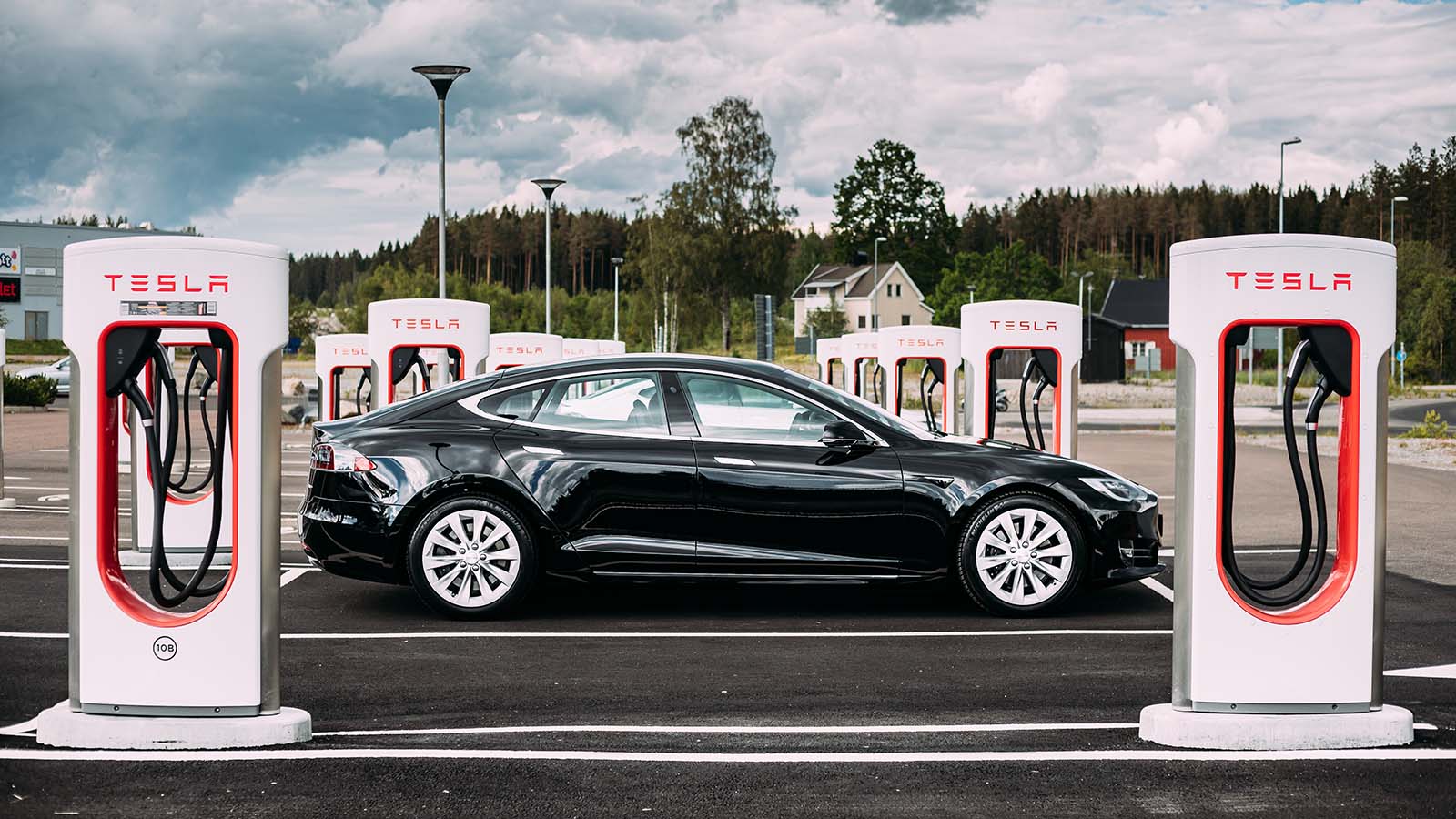Like the frustrated knights of Arthurian legend who tried to withdraw Excalibur from the magical stone that gripped it, many investors have struggled in vain to withdraw profit from a short sale of Tesla Inc. (NASDAQ:TSLA) stock.

None has succeeded, except perhaps for a few fleeting moments.
Tesla has been defying all skeptics, naysayers, and short sellers from the day it first became a public stock on June 28, 2010.
This gravity-defying stock has delivered such spectacular gains that it seems to derive its strength from some sort of otherworldly source.

The EV-maker’s market value is not only eight times larger than that of Volkswagen AG (OTCMKTS:VWAGY) — the globe’s biggest automaker by revenue — but it is also larger than the combined market values of the world’s 10 largest auto manufacturers!
Yet, like moths to a flame, short sellers have still been drawn to Tesla … and gotten destroyed. In 2020 alone, they lost $40 billion betting against the stock.
But I am expecting a reversal of fortunes for Tesla shares over the coming months.
And late last month — with a trade I recommended in my Speculator service — I finally placed a bet against the EV juggernaut.
In today’s issue, I’ll lay out exactly why I expect the Silicon Valley-based automaker’s stratospheric market value to lose altitude.
And I’ll let you know a little more about my bearish bet against the company …
The Five Factors Behind Tesla’s Unwinding
As I see it, Tesla and its stock grapple with five meaningful challenges:
- Intensifying competition
- Withering revenues from regulatory credits
- Rising input costs
- Short-squeeze “fuel” running low
- Overheated “multiple expansion”
Of these three factors, intensifying competition is probably the most serious.
Already, the Volkswagen Group is making nearly half as many battery-electric vehicles (BEVs) as Tesla, and the German auto titan expects to surpass Tesla’s production volumes by the end of this year.
In 2020, the VW Group produced just five EV models. But it will be launching several new models this year and every year after that throughout the rest of this decade.
But VW’s ambitious plans are hardly unique. Every major car company in the world is retooling to produce EVs, and many of these new models will be hitting showrooms for the very first time this year.
As a few examples, keep an eye out for the Ford F-150 Electric, the BMW, i4, the Cadillac Lyriq, the Jaguar XJ Electric, the Lexus UX300e, and the Mercedes-Benz EQS.
Tesla no longer has the EV playground all to itself.
The second new challenge Tesla faces are profit pressures on both the “Revenues” and “Expenses” sides of the ledger.
First, one important revenue stream may dwindle to a trickle … or dry up completely: regulatory credits.
During the last 12 months, Tesla booked $1.58 billion of revenue from selling environmental “regulatory credits” to other auto manufacturers. If not for that helpful windfall, the $721 million profit Tesla reported in 2020 would have been an $860 million loss.
Those revenues are going away fairly soon.
As competing auto manufacturers begin rolling out their own EV models, they will receive environmental credits of their own and no longer need to purchase them from Tesla.
Meanwhile, over on the expense side of the ledger, Tesla is facing rising input costs.
BEVs like the Tesla Model S are basically just big batteries on wheels. And batteries are basically just big hunks of metal.
The prices of the main metals that make up a BEV are soaring. The chart below tells the tale.

This chart, which depicts “back of the envelope” estimates of the raw metal costs of a Model S, shows that this expense has jumped from less than $2,800 one year ago to $4,300 now.
That $1,500 cost increase may not seem like a big deal for a car that retails for $80,000. And maybe it isn’t.
But before dismissing this rising expense as a nonevent, consider that Tesla effectively netted just $1,442 per vehicle last year. Moreover, that net profit included regulatory credits equal to $3,160 per vehicle.
Falling revenues from regulatory credits combined with rising costs from metals might not obliterate Tesla’s profit growth trajectory, but they certainly won’t help.
At a minimum, these three factors could squeeze Tesla’s profit margins enough to wipe away the profit completely. The company’s enraptured shareholders might not be prepared for that possibility.
Bottom Line: It is time to grab the hilt of a negative bet on Tesla and give it a tug. If my analysis is both correct and timely, that bet will “pull a King Arthur” and withdraw some significant profit.
An “Arrogant” Trade
Obviously, Tesla’s stock could continue to dazzle investors and defy skeptics for many months to come. If it can trade up to $900 a share (an $864 billion market value), which it has, it could also trade up to $1,800.
The stock broke free long ago from any logical connection to underlying valuation.
That said, the three negative catalysts I’ve identified could change the narrative that has powered Tesla’s spectacular ascent.
Additionally, the “short squeeze” fuel that has also powered the stock’s gains is running low. Because so many short sellers have waved the white flag and closed out their positions, the so-called “short interest” — i.e., the number of shares sold short — is half what it was in April 2020.
Without legions of panicky short sellers buying Tesla stock to cut their losses, the stock loses an important source of additional support.
Plus, Tesla’s stock price has been the poster-child for multiple expansion. As investors have flooded into Tesla over the past 12 months, the company’s price-to-EBITDA (earnings before interest, taxes, depreciation, and amortization) has exploded from 16 to more than 150.
The S&P 500 Index trades for 17 times EBITDA, which is a record-high valuation. During the last 30 years, the S&P 500 has averaged eight times EBITDA.Clearly, 150 times EBITDA is a lavish valuation.
Based on earnings per share (EPS), Tesla’s valuation is even more of a showstopper: The stock is changing hands for 1,004 times earnings!
In other words, if you were able to buy all of Tesla today, it would take you 1,004 years to recoup your investment based on its earnings.
That said, I cannot overemphasize how risky my recent recommended trade is. Tesla has been the “short killer” for years.
I acknowledge the apparent arrogance of making this trade. And yet, I recommended it, humbly, because I believe it is very likely to succeed.
I cannot share the specifics of my recommendation here; that wouldn’t be fair to my subscribers. To get the details of my preferred way to bet against Tesla as a Speculator subscriber, click here.
As the trade plays out, I’ll keep you up to speed here in Smart Money.
On the date of publication, Eric Fry did not have (either directly or indirectly) any positions in the securities mentioned in this article.
Eric Fry is an award-winning stock picker with numerous “10-bagger” calls — in good markets AND bad. How? By finding potent global megatrends … before they take off. And when it comes to bear markets, you’ll want to have his “blueprint” in hand before stocks go south.
